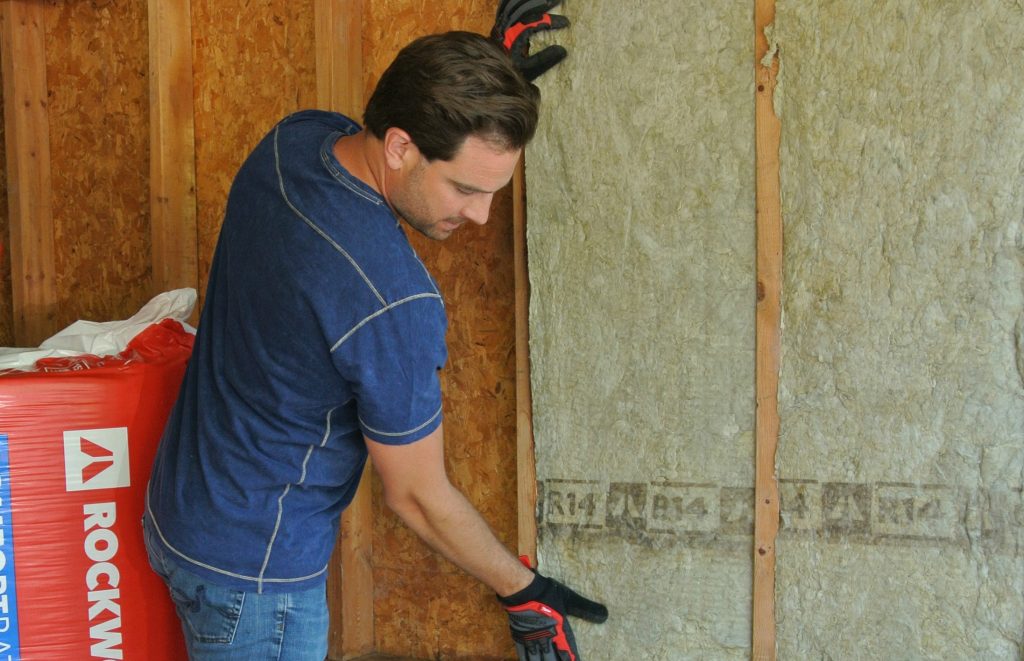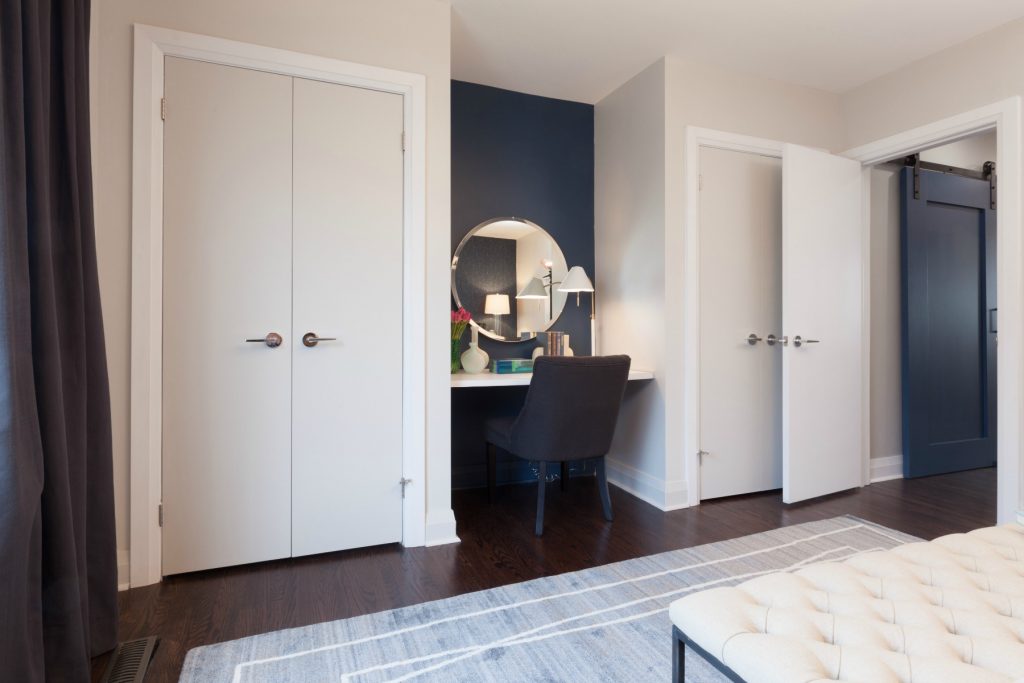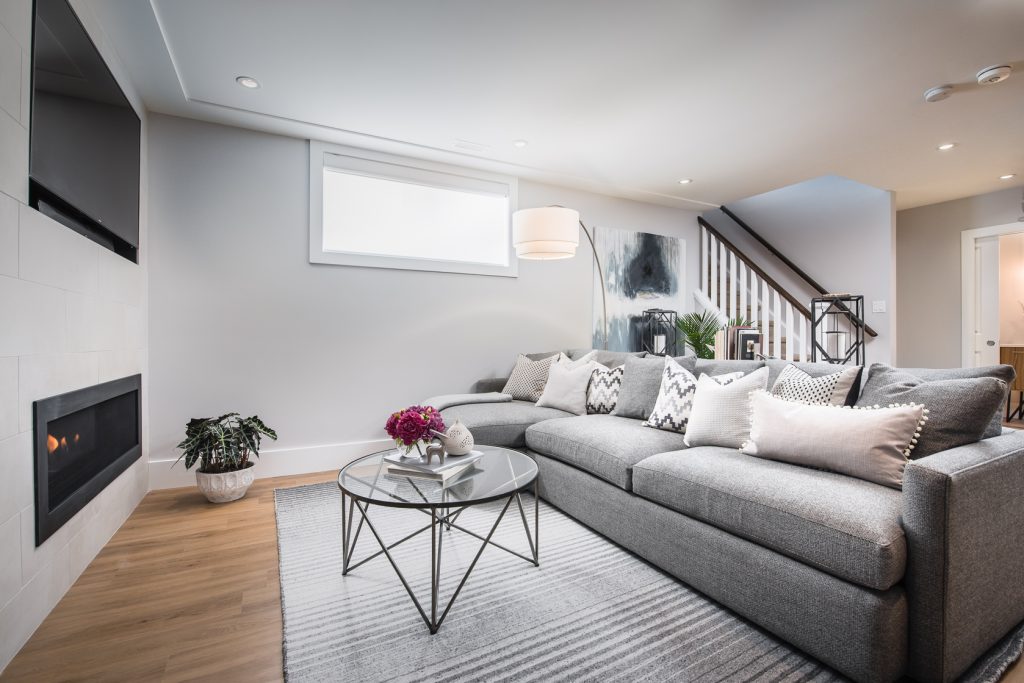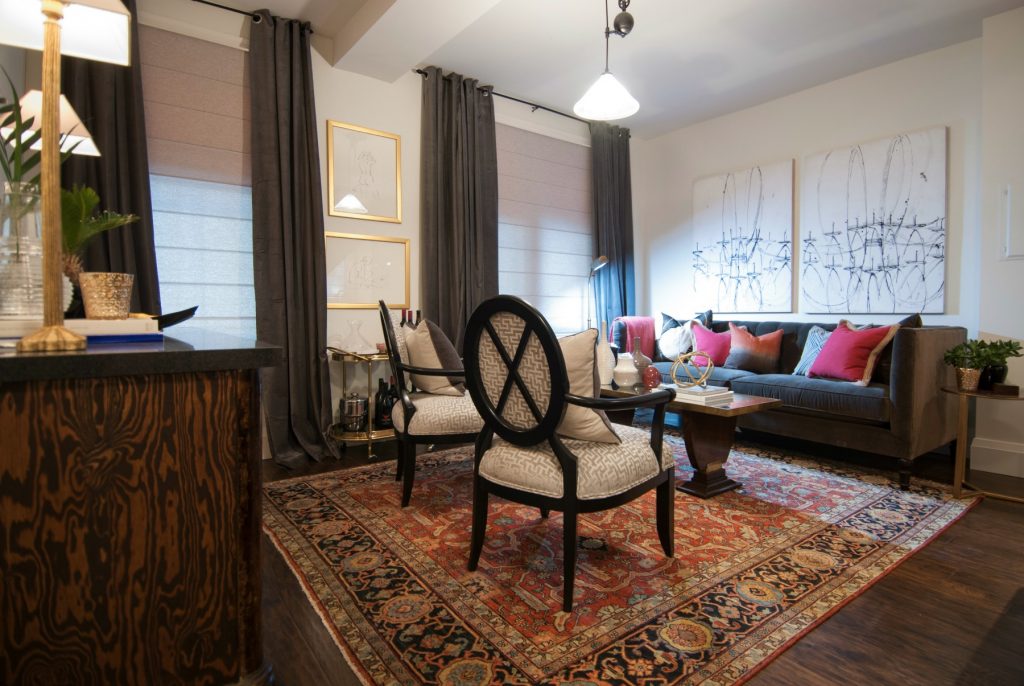Sound – A Growing Part of the Housing Conversation
Density has become a greater priority for urban planners. With intensification, more people than ever before are living in closer proximity to one another, in higher numbers. While it can be great to be part of a growing, lively community, there can be drawbacks to it as well.
The fact is, people are loud. Noise from the places and neighbours that surround us can disrupt our sense of peace and can even disrupt our sleep – and our health.
However, there are solutions that can ensure you have a tranquil home to retreat to, away from the noise of everyday life. Implement these top five tips to soundproof your home:
Insulate well. Opt for an insulation with dense non-directional fibre structure that will cushion and absorb noise effectively. Many contractors and home builders favour a stone wool product called ROCKWOOL SAFE’n’SOUND®, because it offers excellent sound dampening properties, is easy to install, and provides important fire protection for your home. Stone wool insulation can be installed between floors or within interior or partition walls. It’s ideal for rec rooms, home theatres, music rooms, bedrooms, bathrooms, mechanical rooms or home offices.

Replace hollow-core doors. Standard hollow core doors can be huge culprits when it comes to sound transmission in homes. Fortunately you can greatly improve the soundproofing of any room simply by replacing a standard hollow-core door with a solid wood door of the same size.

Consider floor coverings. No matter what level you’re on, adding area rugs or carpet (my preference is almost always area rugs) with a thick rug pad underneath will help to muffle sounds in high-traffic areas. And when it comes to basements, make sure you’ve got a good subfloor between the concrete and the flooring material.

Introduce soft materials and fabrics. Sound bounces off hard surfaces and is absorbed by soft surfaces so use soft furnishings (upholstered chairs, sofas and ottomans) to help dampen sound. You should also opt for heavy fabric drapes on windows as opposed to lighter, harder materials like vinyl or rattan.

Hang acoustic panels. It’s easy to build your own acoustic sound panels using ROCKWOOL COMFORTBOARD ™ 80 . These panels, which you can cover in any fabric of your choice and then hang on your walls, will help to reduce background noise, reverberation and echoes. Click here for instructions on how to make them using two different techniques and check out the video to see how they turn out!

Comments